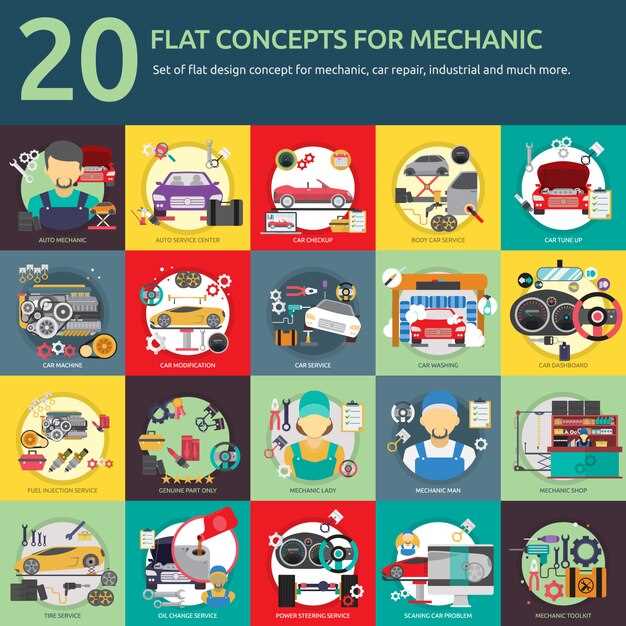
The choice between automatic and manual transmission is a fundamental consideration for car buyers and automotive enthusiasts alike. Understanding the nuances of each type of transmission can significantly impact driving experience, fuel efficiency, and vehicle control. This comparison serves to highlight the benefits and drawbacks of both options, assisting drivers in making informed decisions based on their individual needs and preferences.
One of the primary advantages of automatic transmissions is ease of use. They allow drivers to focus on the road without the need for constant gear shifting, making them particularly appealing to urban commuters and those new to driving. However, this convenience often comes at a cost, including reduced control over gear selection and, in some cases, lower fuel efficiency.
On the other hand, manual transmissions offer drivers a unique sense of connection to their vehicle. They provide the ability to control gear changes, which can enhance driving pleasure and performance. Yet, the learning curve associated with mastering a manual may deter some, and the demands of shifting gears can be cumbersome in heavy traffic conditions. Exploring these factors will shed light on which transmission type better suits the diverse needs of today’s drivers.
Driving Experience: Comfort vs Control in Different Traffic Conditions
When considering the types of transmissions available in vehicles, the driving experience can significantly vary between automatic and manual systems, especially in differing traffic conditions. The comparison of comfort and control is essential for understanding how these transmissions perform in various environments.
In heavy traffic or urban environments, automatic transmissions typically provide greater comfort. They allow drivers to focus on the road without the need to constantly engage the clutch or shift gears. This ease of use can reduce fatigue during long commutes, making it a preferred choice for drivers who encounter frequent stops and starts.
Conversely, manual transmissions excel in providing drivers with a sense of control. In scenarios like hilly terrains or slippery conditions, the ability to select gears manually can enhance vehicle stability and responsiveness. Drivers can adjust engine power more precisely, allowing for better management of traction and acceleration.
In rural or open road settings, the advantages of each transmission type can shift. Manuals may offer more engaging driving dynamics, allowing for quicker gear changes and a more involved experience. However, automatics, particularly those with advanced features like adaptive cruise control, can improve comfort during long-distance travel by minimizing physical effort.
Ultimately, the choice between automatic and manual transmission affects the driving experience based on specific traffic conditions. Understanding the benefits and drawbacks of both systems is crucial for selecting the appropriate vehicle for individual needs and preferences.
Cost Analysis: Maintenance and Fuel Efficiency Considerations

When comparing automatic and manual transmissions, it’s essential to analyze the costs associated with maintenance and fuel efficiency. Each type has its unique characteristics that influence long-term ownership expenses.
Maintenance Costs
- Automatic Transmission: These systems often require more complex maintenance due to their intricate components. Over time, the cost of repairs and servicing can be higher, especially as transmission fluid changes and filter replacements are necessary.
- Manual Transmission: Generally, manual transmissions are simpler and more robust. Maintenance costs tend to be lower, as fewer components mean less frequent repairs. However, clutch replacement can be a significant expense if not monitored closely.
Fuel Efficiency
- Automatic Transmission: Modern advancements in automatic transmission technology, such as CVTs and dual-clutch systems, have improved fuel efficiency significantly. These systems can optimize engine performance more effectively than traditional automatics.
- Manual Transmission: Typically, manual transmissions offer superior fuel efficiency compared to older automatic types. Skilled drivers can optimize gear changes to maximize fuel economy, but this efficiency can vary based on driving style.
Long-Term Considerations
- Cumulative maintenance costs may be lower with manual transmissions, leading to a potential long-term savings.
- However, fuel efficiency improvements in automatic systems might offset some maintenance savings over time.
- Considering the depreciation of vehicles with different types of transmissions can also impact overall value retention.
In conclusion, when evaluating automatic versus manual transmissions, understanding the cost of maintenance and fuel efficiency is crucial for making an informed decision. Both types have advantages and drawbacks that can influence total ownership cost.
Driver Skill Level: Learning Curve and Long-term Preferences

When comparing automatic and manual transmissions, the driver skill level plays a crucial role in determining which option is preferable. The learning curve for manual transmissions is generally steeper. New drivers must master the coordination of clutch and gear shifts, which requires practice and patience. This can lead to initial frustration, especially in dense traffic or on inclines. However, many find the sense of control and engagement with the vehicle rewarding over time.
In contrast, automatic transmissions offer a more user-friendly experience. New drivers can focus on other aspects of driving without the additional complexity of manual shifting, leading to quicker confidence behind the wheel. As a result, many driving schools emphasize automatic vehicles to ease the learning process for beginners.
Long-term preferences often shift based on individual experiences and driving needs. Enthusiasts may lean towards manual transmissions for the control and driving satisfaction they provide, especially in sports cars. In comparison, those who prioritize convenience, particularly in urban environments, may prefer automatics. Over time, the choice may also reflect lifestyle changes, such as increased commuting or family needs, making the ease of an automatic more appealing.
Ultimately, the driver skill level can significantly influence the initial choice of transmission, but personal preferences and lifestyle dynamics play an equally important role in long-term satisfaction with either transmission type.



